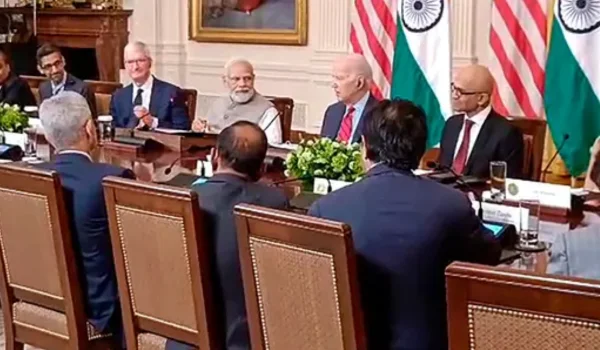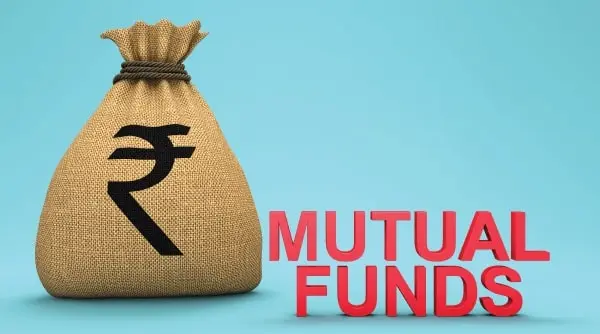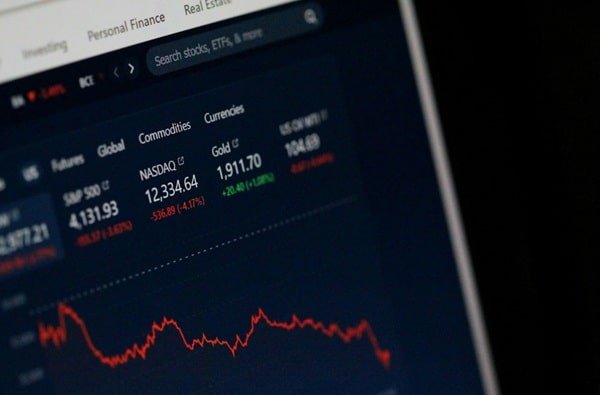Facing mounting economic challenges, Prime Minister Narendra Modi’s administration is crafting a new economic strategy to sustain India’s growth trajectory. The government has revised its growth forecast for the fiscal year ending March 2025 to 6.4%, the slowest in four years, citing weakened investment and manufacturing sectors.
Economic Slowdown and Contributing Factors
The anticipated slowdown is attributed to several factors:
- Global Economic Conditions: A sluggish global economy has dampened demand for Indian exports, affecting manufacturing output.
- Domestic Investment Weakness: Uncertainty in the investment climate has led to cautious capital expenditure by businesses.
- Corporate Earnings Decline: The latter half of 2024 witnessed disappointing corporate earnings, signaling reduced economic activity.
Government’s Strategic Response
In response, the Modi government is considering several measures to invigorate the economy:
- Monetary Policy Adjustment: There is a push for the Reserve Bank of India (RBI) to adopt a more accommodative stance to stimulate growth.
- Fiscal Policy Recalibration: Plans are underway to decelerate fiscal tightening to provide the economy with necessary support.
- Tax and Tariff Reforms: Proposals include reducing taxes and tariffs to boost consumer spending and enhance business competitiveness.
The recent appointment of Sanjay Malhotra as the new RBI Governor underscores the administration’s focus on prioritizing economic growth.

Global Trade Dynamics and Policy Adjustments
The potential return of Donald Trump to the U.S. presidency introduces uncertainties in global trade policies, prompting India to:
- Strengthen Economic Ties with the U.S.: India aims to deepen its economic relationship with the United States, seeking broader trade and investment agreements to integrate its manufacturers into global supply chains while protecting national interests.
- Proactive Tariff Adjustments: Anticipating shifts in U.S. trade policies, India is preparing to modify its tariffs to safeguard its economic interests.
Recent Policy Initiatives
In 2024, the Modi government implemented several transformative policies to stimulate economic growth and innovation:
- One Nation, One Election: Aimed at reducing the frequency and cost of elections, this policy seeks to streamline governance.
- Unified Pension Scheme Expansion: Designed to provide broader social security coverage to the workforce.
- BioE3 Policy: Focused on promoting bio-economy, ecology, and energy efficiency to drive sustainable development.
- Angel Tax Abolition: Eliminating the angel tax to encourage startup investments and foster innovation.
- Rooftop Solar Promotion: Incentivizing renewable energy adoption to achieve environmental and energy goals.
- PM Internship Scheme: Launching internship programs to enhance youth employability and skill development.
Economic Outlook and Challenges
Despite these initiatives, challenges persist:
- Infrastructure Development: The government recognizes the need to enhance port infrastructure to support its manufacturing ambitions and facilitate exports.
- Employment Generation: Addressing unemployment remains a priority, with the government emphasizing job creation through various schemes.
- Global Economic Uncertainties: Fluctuations in the global economy necessitate adaptive strategies to maintain growth momentum.
Conclusion
As India navigates these economic challenges, the Modi government’s recalibrated policies aim to sustain growth, enhance global trade relations, and address domestic economic concerns. The effectiveness of these measures will be critical in achieving the nation’s ambitious economic objectives in the coming years.
Anantha Nageswaran is the chief editor and writer at TheBusinessBlaze.com. He specialises in business, finance, insurance, loan investment topics. With a strong background in business-finance and a passion for demystifying complex concepts, Anantha brings a unique perspective to his writing.


